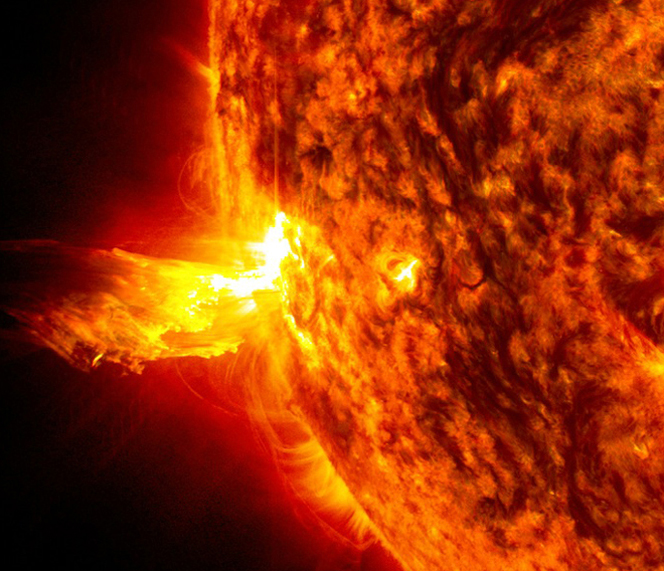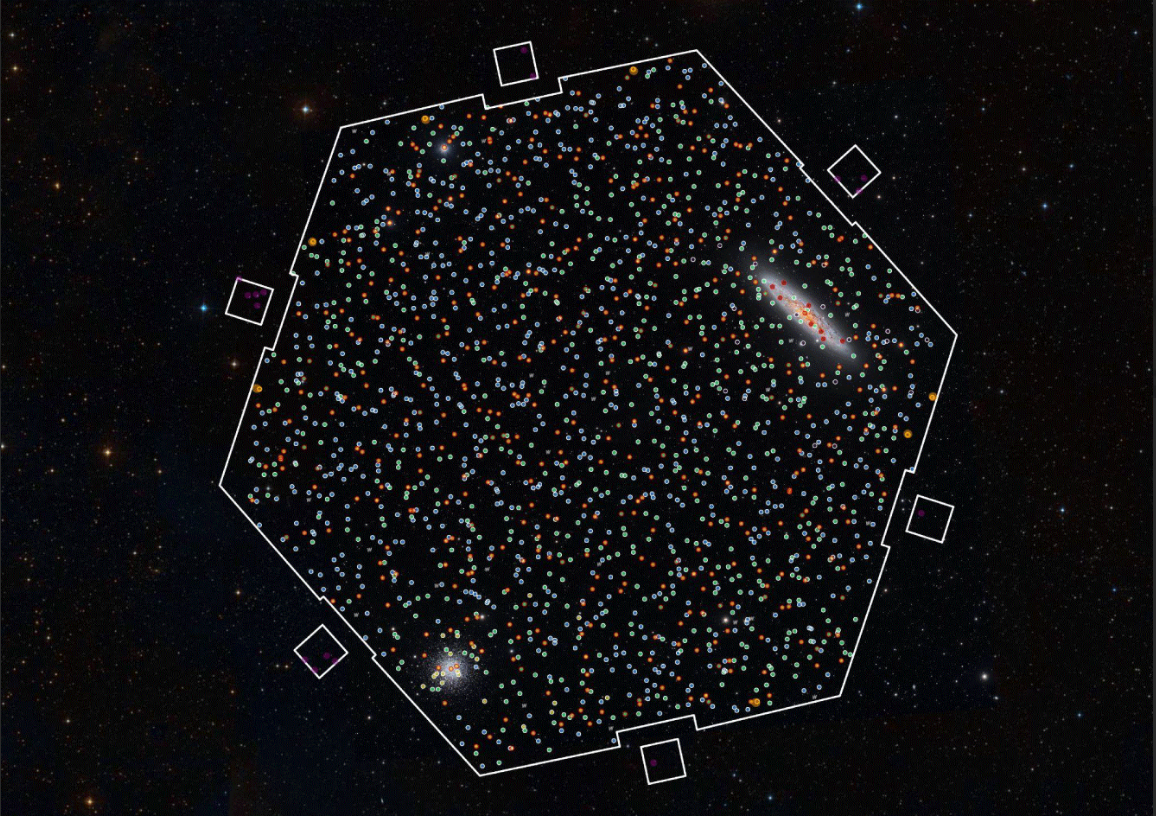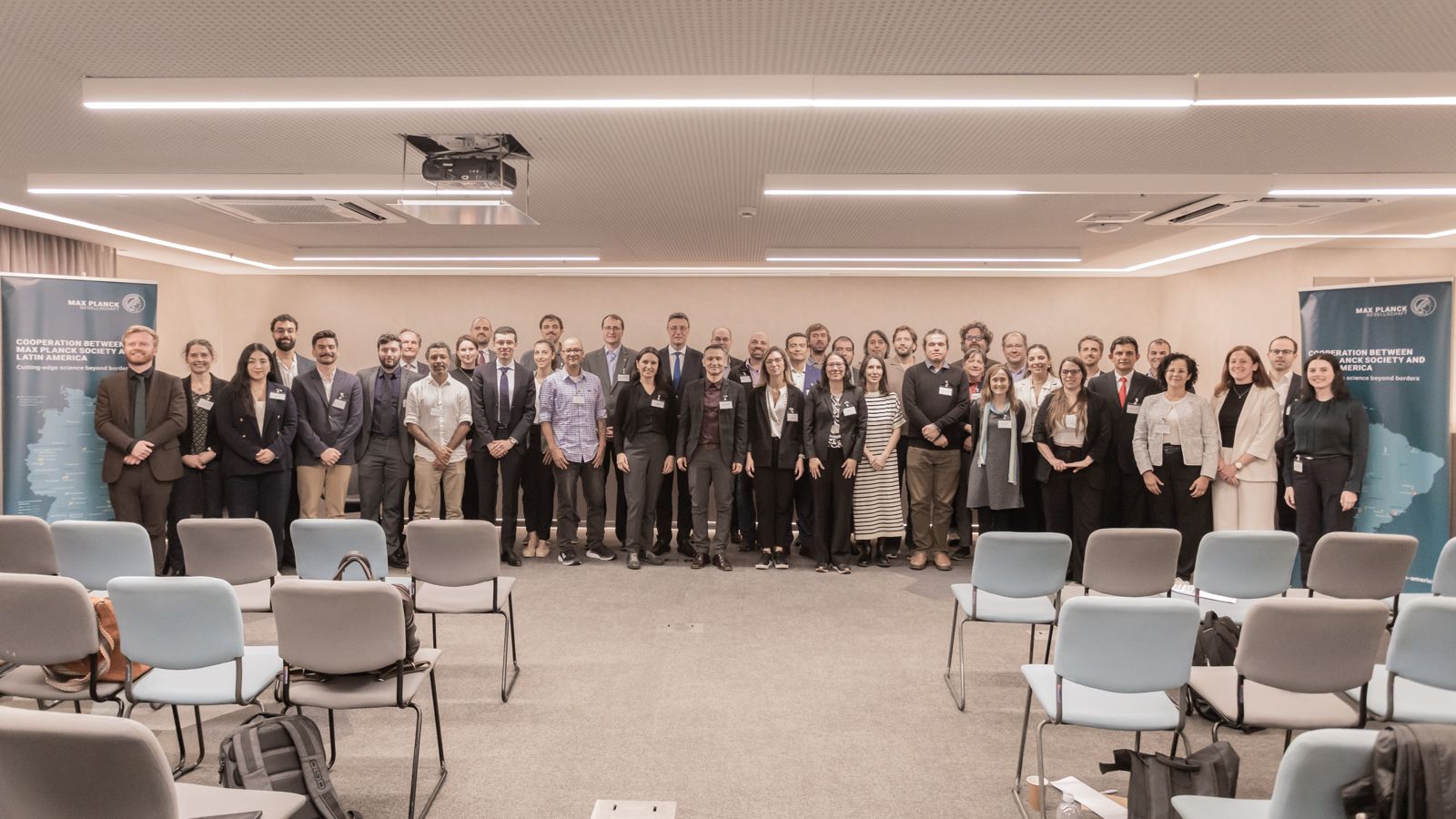
New solar storms could hit in the next few days: CATA astronomer explains what they are and how they could affect the environment
CATA Associate Researcher and academic at the University of Chile, César Fuentes, explains how these phenomena are generated and their impact on our planet.
On May 14, NASA’s Solar Dynamics Observatory recorded an X2.7 class solar flare, the most powerful of the year so far and generating a coronal mass ejection that exceeded 967,000 kilometers in extent, corresponding to more than 75 times the diameter of the Earth. The space agency has detected more sunspots and activity that could generate more solar storms that could head towards our planet in the coming days.
This is because the Sun is going through the most active point of its cycle, which lasts 11 years. During this process, the magnetic poles of the star reverse and mark the passage from a state of low intensity to one with frequent and intense storms. This increases the frequency of solar flares and orients the most active regions of the star towards the Earth.
This type of phenomena has generated alerts and repercussions at a global level. According to NASA, these can affect communications, electrical networks, television and navigation signals, putting spacecraft, orbiting infrastructure and their crews at risk.
The astronomer and Associate Researcher of the Center for Astrophysics and Related Technologies (CATA) and academic of the University of Chile, César Fuentes, referred to these events and explains how they are generated in the star of our solar system.
“What happens in these cases is that when there is activity in the solar corona, it can be associated with massive charged particle ejections, which can cause problems for astronauts’ health and communications,” explains Fuentes. “The interesting thing is that we can know about it only eight minutes after it happens, but the particle flow takes between one and two days to reach our planet.
These coronal mass ejections (CMEs) are generated when the Sun’s magnetic field forces charged particles out of one sunspot and back into another sunspot with opposite polarity. According to the astronomer, “when these structures recombine, there is a violent release of energy that ejects these particles into space. If that happens in the direction of the Earth, that is when a solar storm is generated that can interact with our magnetic field”.
These types of events, which become more frequent during the maximum of the solar cycle (such as the one we are currently experiencing) can have different effects. Fuentes explains that “the main ones affected are the electronic structures orbiting the Earth, such as satellites. These can present momentary disconnections, especially if they are outside the protection of the magnetosphere, which makes them more exposed to the Sun’s rays”.
Errors can also be generated in GPS navigation. “Positioning failures of up to tens of meters may occur due to signal disturbance in the ionosphere,” clarifies the astronomer of the U. de Chile. “Even commercial flights may be affected, deviating from their routes if interference in communications is expected.”
However, the expert stresses that the effect of these ejections is limited and should not mostly affect the Sun, the Earth, or living beings. “The effect is mainly on the infrastructures that orbit our planet, and to the electrical grids near the poles, where charged particles can generate problems, but only with the largest storms that have been recorded.”
Regarding the impact in Chile, the CATA researcher is clear: “In our country it should not affect absolutely nothing with respect to climate, other services or the environment. It is very unlikely to have a major impact in our region”.
Finally, the academic invites the public to be informed and take advantage of these phenomena as opportunities to learn about how the universe works: “Being informed is always the best measure. It is a good opportunity to become interested in how physics works and how nature behaves. There are multiple communication channels and solar observatories that provide alerts and space weather forecasts”, emphasizes Fuentes.
Recent news
-
 Publicado el: 15/11/2025Leonids meteor shower 2025: What are they, when will they be visible from Chile, and what can we learn from them?
Publicado el: 15/11/2025Leonids meteor shower 2025: What are they, when will they be visible from Chile, and what can we learn from them? -
 Publicado el: 13/11/2025CATA researcher strengthens international ties during visit to the Center for Astrobiology in Madrid
Publicado el: 13/11/2025CATA researcher strengthens international ties during visit to the Center for Astrobiology in Madrid -
 Publicado el: 12/11/2025Fourth graders learned what would happen if the Moon did not exist
Publicado el: 12/11/2025Fourth graders learned what would happen if the Moon did not exist -
 Publicado el: 29/10/2025Chile celebrates the first light of 4MOST: two major projects involving CATA astronomers begin to explore the Universe
Publicado el: 29/10/2025Chile celebrates the first light of 4MOST: two major projects involving CATA astronomers begin to explore the Universe -
 Publicado el: 24/10/2025CATA researcher participated in Max Planck regional meeting in Brazil
Publicado el: 24/10/2025CATA researcher participated in Max Planck regional meeting in Brazil
Categories list
- Acknowledgments 21
- Astrobiology 6
- AstroCluster 1
- Black holes 18
- Corporativo 57
- Cosmology 5
- Descubrimientos 22
- Disclosure 71
- Exoplanets 13
- Extension 4
- Galaxies 21
- Galaxies formation 5
- Inter y Transdisciplina 4
- Local Universe 16
- Publications 6
- Sin categorizar 34
- Solar System 21
- Stellar formation 8
- Technology 14
- Technology Transfer 16